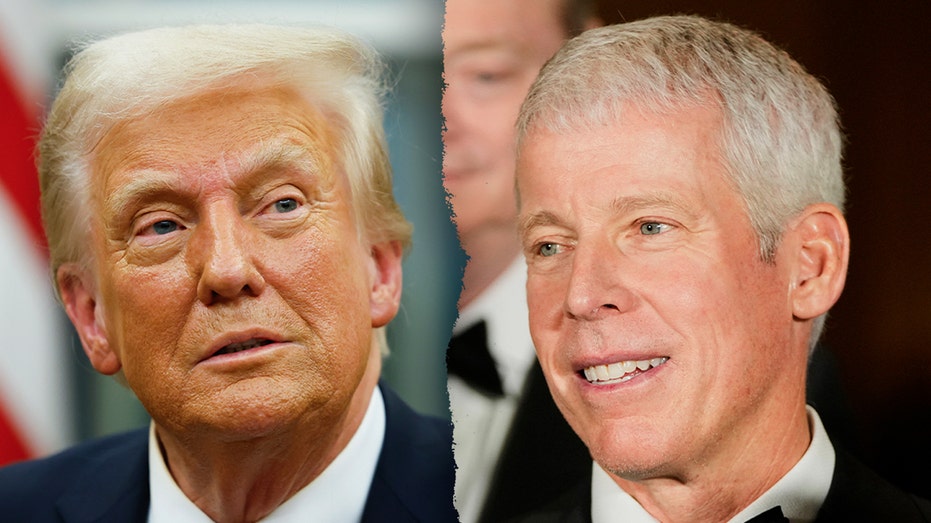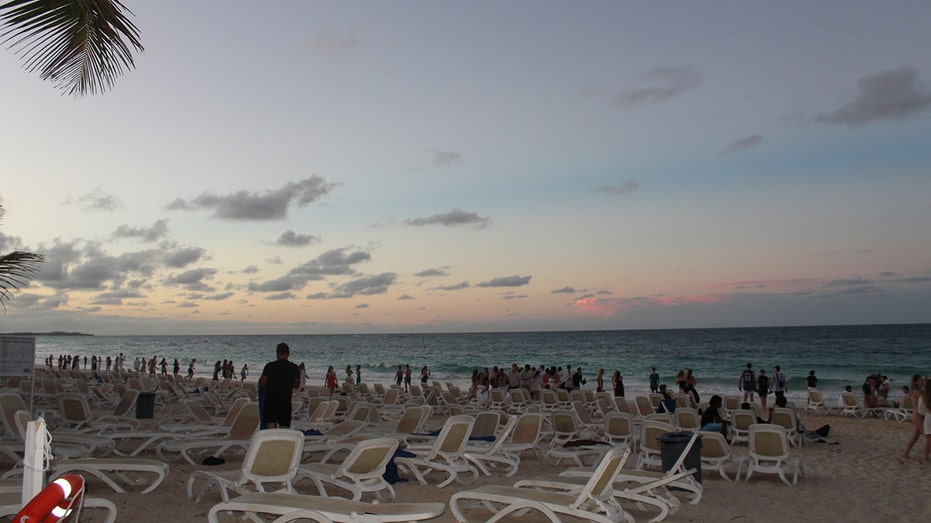- by foxnews
- 12 Mar 2025
For all of us detained at Guantánamo, making art was a lifeline. Why won’t Joe Biden let us keep our work? | Mansoor Adayfi
For all of us detained at Guantánamo, making art was a lifeline. Why won’t Joe Biden let us keep our work? | Mansoor Adayfi
- by theguardian
- 12 Mar 2023
- in politics

In 2010 the rules changed: we then had real paper, pens and paints - colours we hadn't seen for years. We no longer had to hide our writings, paintings, poems and songs, which had meant hiding parts of ourselves. We no longer were punished for painting or singing. We could reveal parts of ourselves that were long hidden.
Art was our way to heal ourselves, to escape the feeling of being imprisoned and free ourselves, just for a little while. We made the sea, trees, the beautiful blue sky and ships. Our art helped us survive, freed us from years of solitary confinement that corroded our memories and distanced us from who we are, where all we could see was cages, tarps and chains.
And we shared our artwork. Artwork moved from one block to another in Camp 6, so we could see each other's efforts. We gave our art to our lawyers and families as well as guards and camp staff. We started to share our artwork with the world. In 2017, an exhibition was organised, Ode to the Sea, curated by Erin Thompson in New York at John Jay College.
For years before the ban, the camp administration had permitted detainees to send their artwork to their families through the International Committee of the Red Cross. Also, lawyers for the prisoners were permitted to take their clients' art off the US Navy base. All the artwork went through a security screening that analysed it for secret messages with national security implications. In the instance of some model ships made by Moath al-Alwi, troops went so far as to make and study an X-ray of them. Some detainees transferred off the base had also been allowed to take their works of art with them.
The questions we must ask the defence department, specifically, are: what makes detainees' artwork US property? Where exactly in the US constitution does it state that prisoners' artwork belongs to the government? What about detainees' intellect? What about their creativity? Are these also the government's property? Who owns the copyright to the prisoners' artworks? If it is government property, how are they going to treat it? Where is it now?
This is slavery, theft and cruelty. The defence department needs to explain its future policy regarding detainees' artwork. People need to know what will happen, and current and former prisoners have the right to know too.
Al-Alwi, who was cleared for release in January 2022, told his lawyer that he would rather his artwork be released than himself. "As far as I am concerned, I'm done, my life and my dreams are shattered," he said. "But if my artwork is released, it will be the sole witness for posterity."
- by foxnews
- descember 09, 2016
Daring airport trend has travelers arriving at gate 15 minutes before takeoff
Flight passengers are participating in the new viral trend, "airport theory," with flyers arriving at their gates 15 minutes before their flights depart. A travel expert weighs in.
read more





